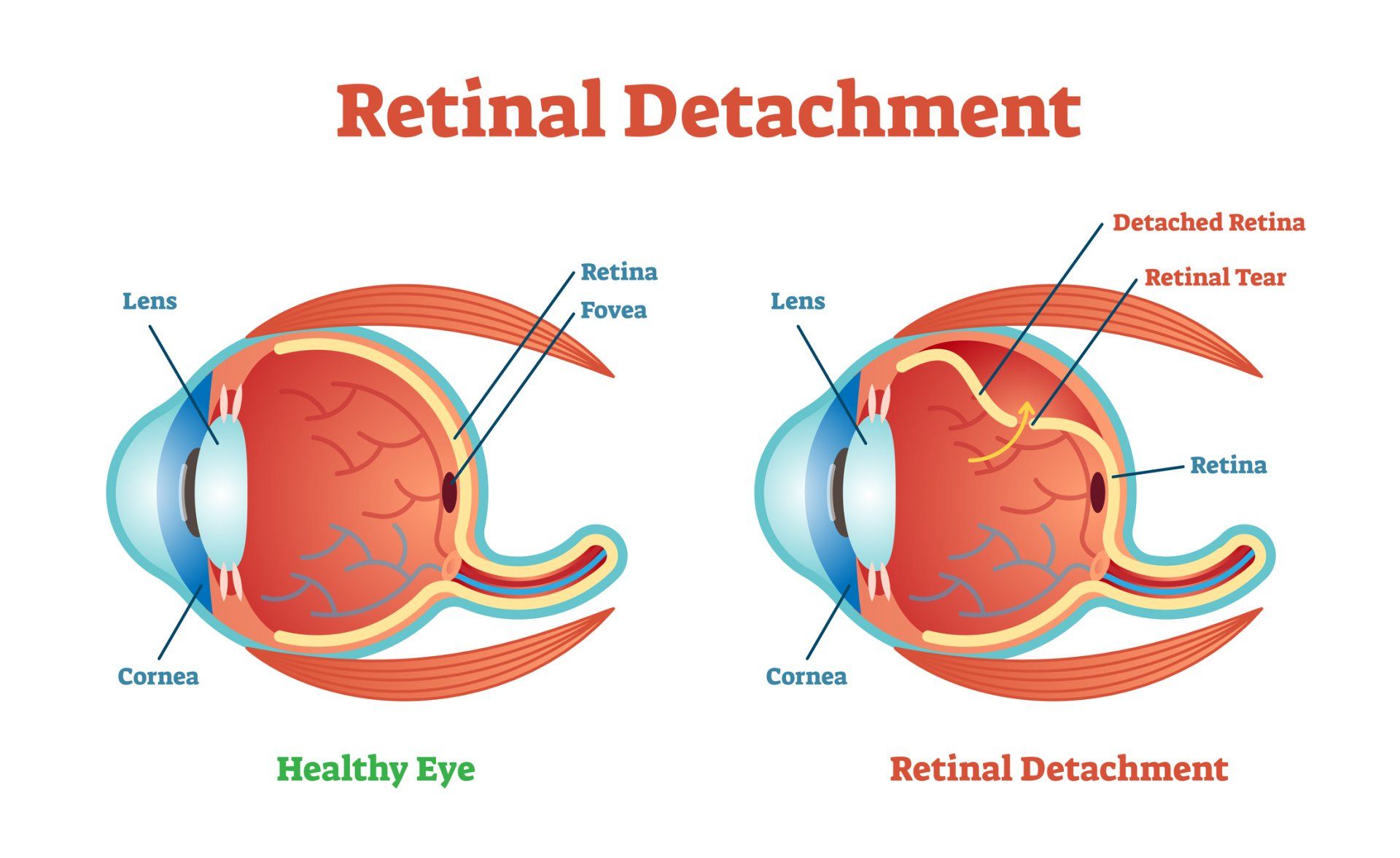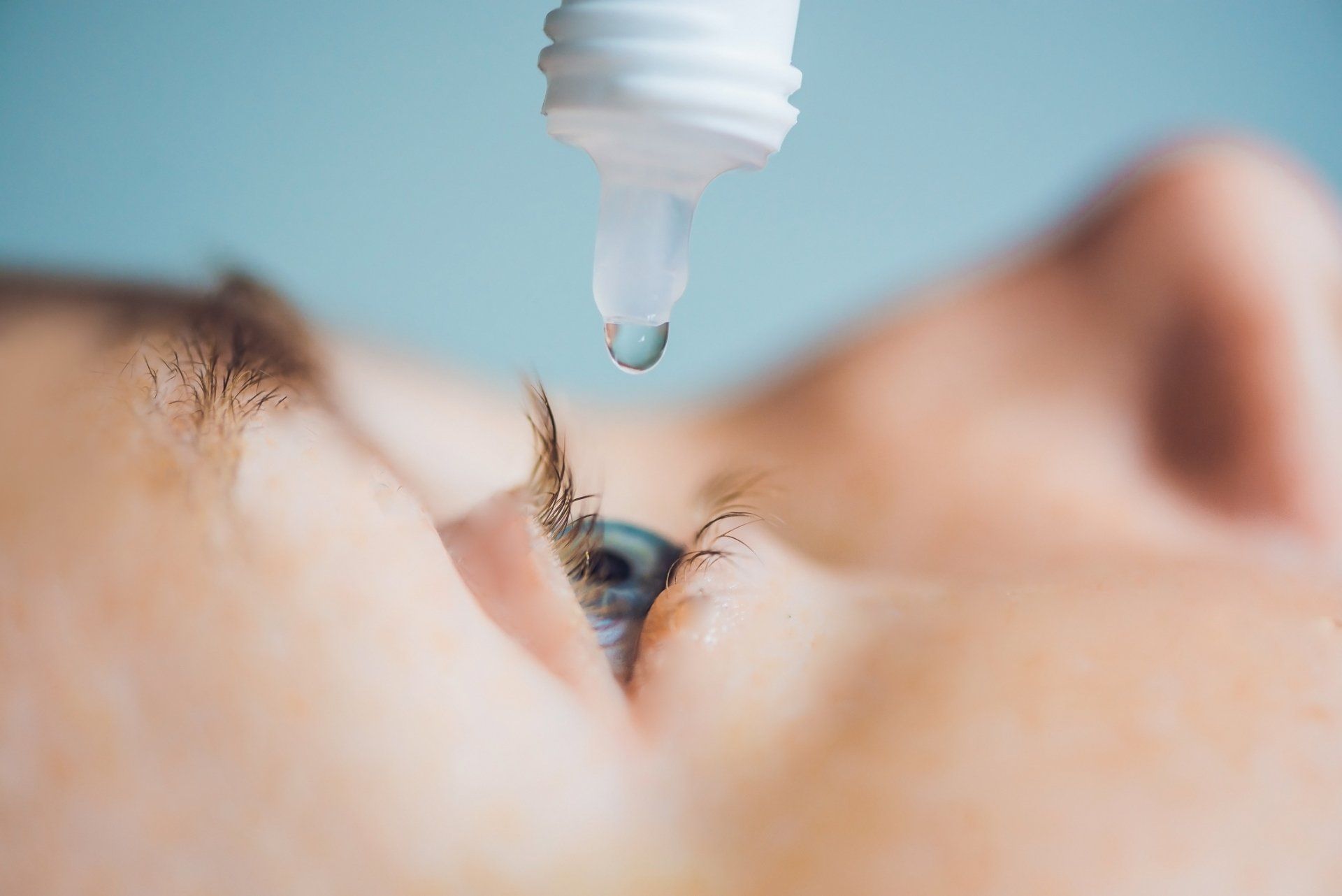EYE HEALTH
YOUR EYE EXAMINATION
A regular eye examination should be part of your normal health routine. Eye examinations are important to maintain sharp, crisp vision and are an important health check too.
An eye exam can help detect both early signs of eye conditions and general health problems. Having good vision means you maintain a better quality of life and mental health.
Expect to be with our optometrist for a good half an hour and feel free to ask any questions you have. This is your time.
Sight loss can happen very gradually, and you may not notice your vision isn’t as good as before so an eye exam every two years is an easy way to maintain your vision health.
Sometimes we may recommend that you have a more frequent test, for example, if there is a history of glaucoma in your family or if you are diabetic, but we will always explain why we want to see you more often.
When your test is completed, you’ll see one of our dispensers to help you with any further questions and to help you select the best new frames and lenses. At the very least a good clean and refit of your spectacles
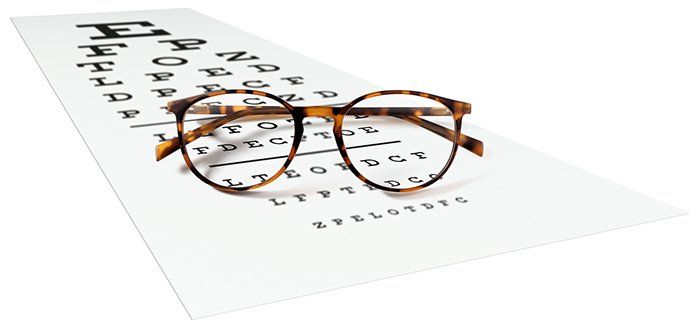
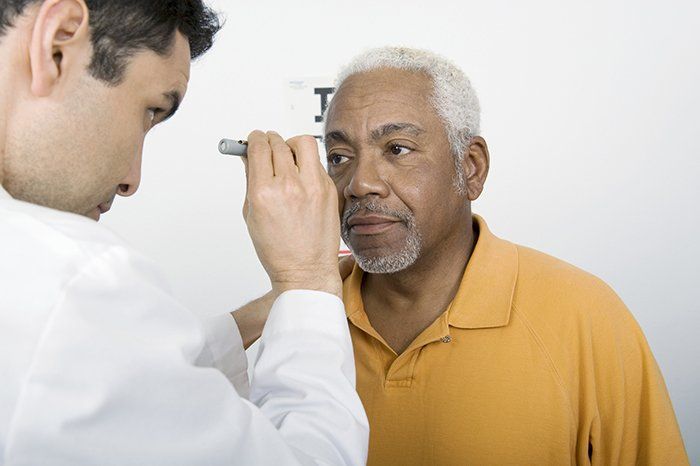
MYOPIA
Myopia or short sightedness is a visual anomaly where the eye is a little too long or the cornea is a little too steep. This means that light rays will focus in front of the retina. Objects close to you will appear clear, but distant objects, such as road signs, will be blurry. Myopia can be easily treated with glasses or contact lenses. Spectacles lenses are available to compensate for all levels of myopia and to achieve an attractive look to your new spectacles. Digital lenses for higher levels of myopia can help to increase clarity of vision especially in the periphery too. Have you tried contact lenses?

HYPEROPIA
Hyeropia or long sightedness is a visual anomaly where the eye is a little too short or the cornea is a little too flat. This means that light rays focus behind the retina. Distant objects appear more focused that near objects. A hyperopic person may not be aware of their refractive error especially when young. Spectacles lenses are available to compensate for all levels of hyperopia and to achieve an attractive look to your new spectacles. Digital lenses for higher levels of hyperopia can help to increase clarity in your peripheral vision. Contact lenses are an excellent option too.

ASTIGMATISM
Astigmatism is an imperfection of the curves of some of the structures of the eye. This causes the light rays entering the eye to be incorrectly refracted and for objects at all distances to be blurry or distorted. In higher levels of astigmatism the distortions are more obvious. Spectacles and contact lenses can correct astigmatism and digital spectacles lenses can offer a really good option for higher levels of astigmatism.

PRESBYOPIA
When we’re young, the crystalline lens inside the eye is very flexible and can easily adjust its shape to allow us to see well far away and close to. In our late 30’s to mid 40’s, the lens has lost enough of it’s elasticity to make close work, like reading, more difficult. This is a natural part of the aging process and happens to everyone.
With the increased use of smart phones, tablets and computers, we have had to become more adaptable with lenses we offer and choose. We like to chat to you about your lifestyle so we can help you select the most appropriate solution. Depending on the tasks you do, we may advise Progressive Power Lenses, Occupation Degressive Lenses, or a basic reading spectacle. Contact lenses are a great option we also recommend you try.
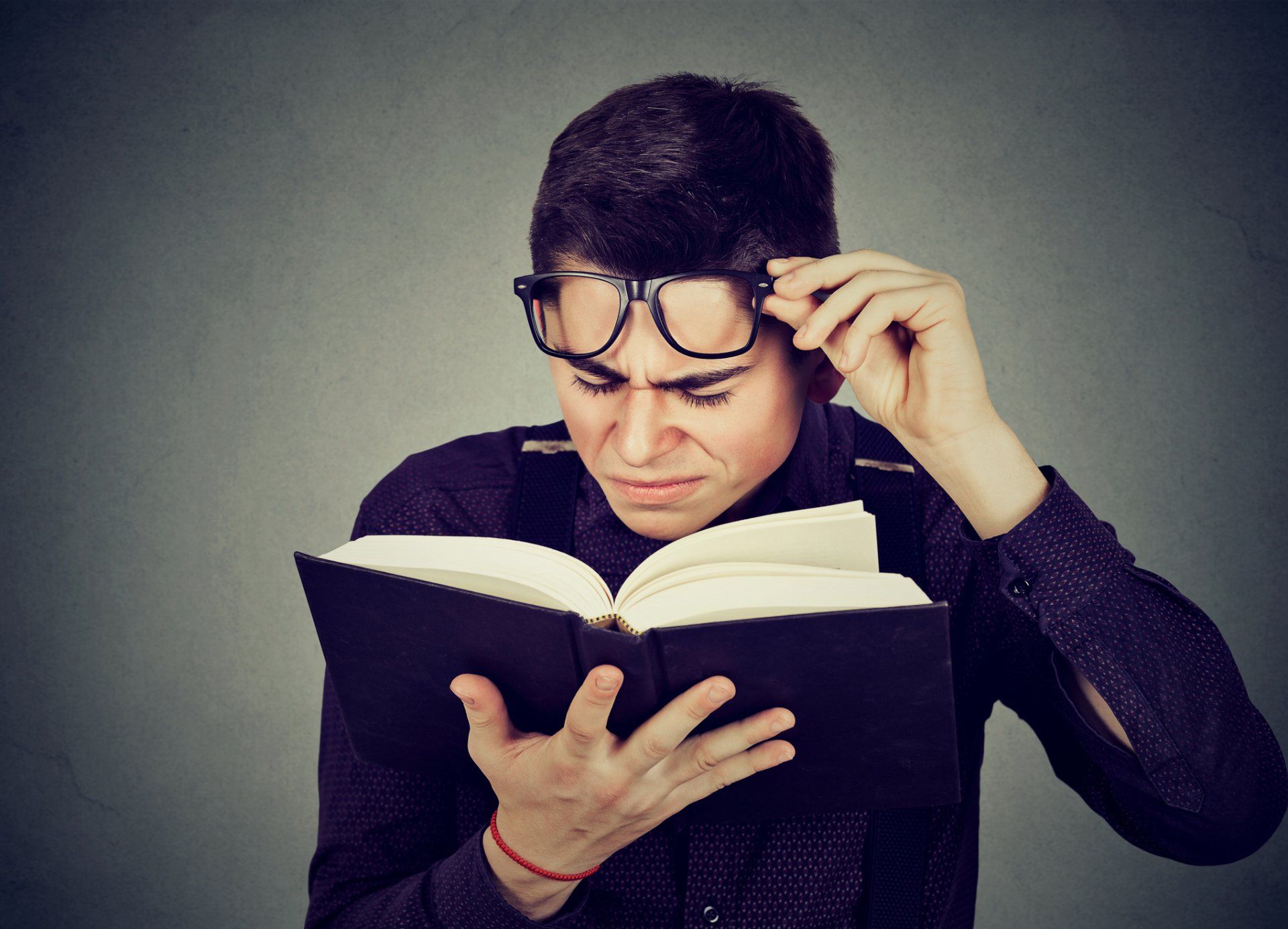
GLAUCOMA
Glaucoma is a term that describes a group of eye conditions that affect vision. Glaucoma often affects both eyes, usually in varying degrees. One eye may develop glaucoma quicker than the other.
Glaucoma occurs when the drainage tubes (trabecular meshwork) within the eye become slightly blocked. This prevents eye fluid (aqueous humour) from draining properly.
When the fluid cannot drain properly, pressure builds up. This is called intraocular pressure. This can damage the optic nerve (which connects the eye to the brain) and the nerve fibres from the retina (the light-sensitive nerve tissue that lines the back of the eye).
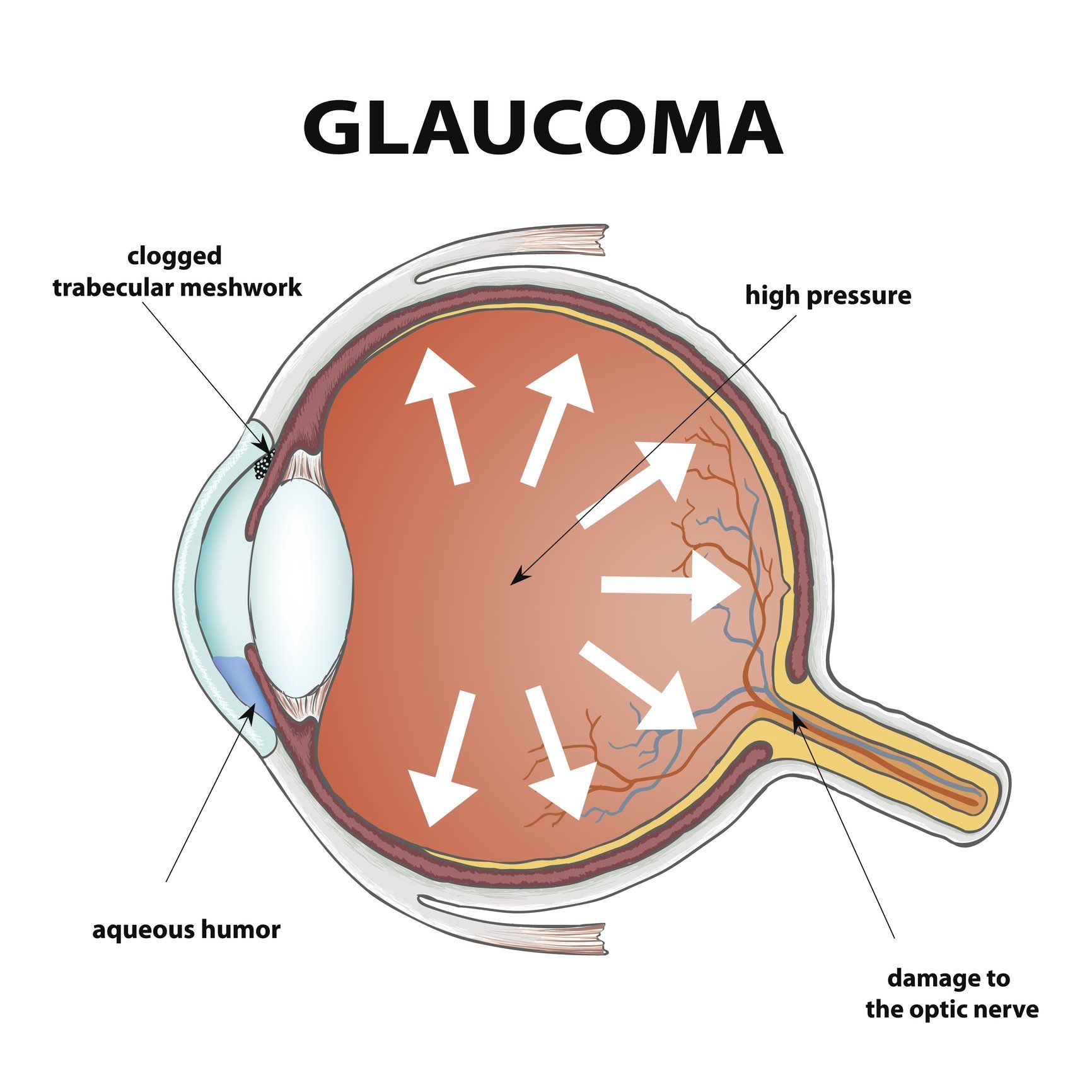
DIABETIC RETINOPATHY
Diabetic retinopathy is a complication of diabetes. The retina is fed by a delicate network of blood vessels and in the diabetic eye, these vessels can become damaged by persistent high glucose levels. The vessels can become blocked, leaky or grow irregularly all of which lead to damage. It is critical that diabetic patients are seen annually at the diabetic Retinopathy Screening Service and every two years by their optometrist.
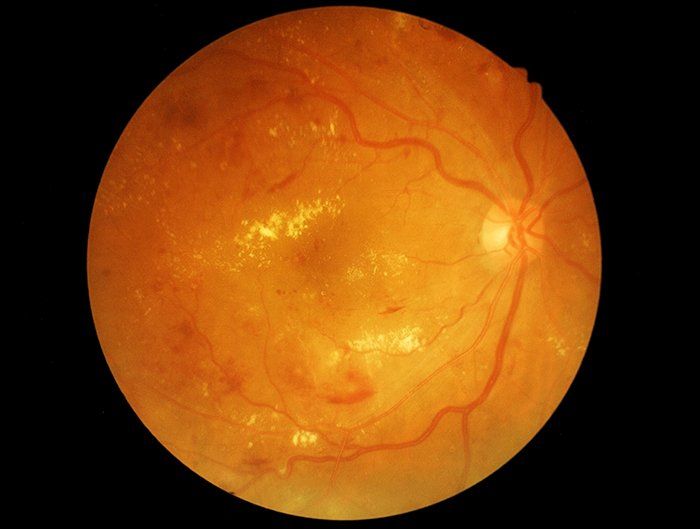
MACULAR DEGENERATION
RMacular Degeneration (or Age Related Macular Degeneration) is a painless eye condition leading to gradual loss of central vision. Symptoms include loss of the sharpness of colours, difficulty recognising faces and blurring of printed text.
There are two main types of Macular Degeneration; Dry and Wet.
Dry Macular Degeneration develops when the cells of the macula become damaged due to lack of nutrients and a build-up of waste products called drusens. It is the most common and least serious type of ARMD accounting for around 9 out of 10 cases. Vision loss happens over a period of years.
Wet Macular Degeneration develops when abnormal blood vessels grow underneath the macular and damage its cells. This form of Macular Degeneration is more serious and causes swift vision loss if untreated.
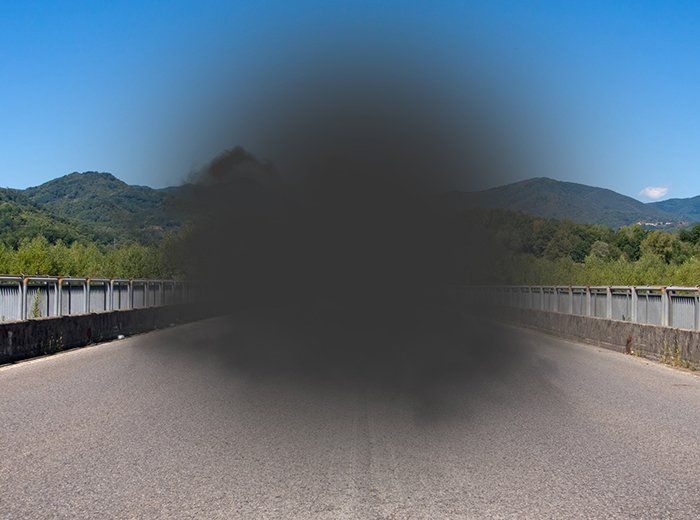
CATARACT
A cataract is a clouding of the lens inside the eye (the crystalline lens). They are extremely common and not something to be worried about. Cataracts start off small and have little impact on vision. As they develop, you will notice changes such as feeling as if you’re looking through a pane of cloudy/dirty glass. Lights and the sun will seem too bright and cause more glaring and when driving at night, halos around oncoming lights are common. Colours will also appear less vibrant a cataracts develop.
While we have no definitive answer for what causes the lens to become cloudy, many significant factors are associated with cataract development. Exposure to UV light (from the sun and other sources), smoking, diabetes, hypertension, obesity, certain medications and excessive alcohol consumption are some of the contributing factors.
Cataracts are easily treated with surgery to remove the cataractous lens and replace it with a new lens called an Intraocular Implant.
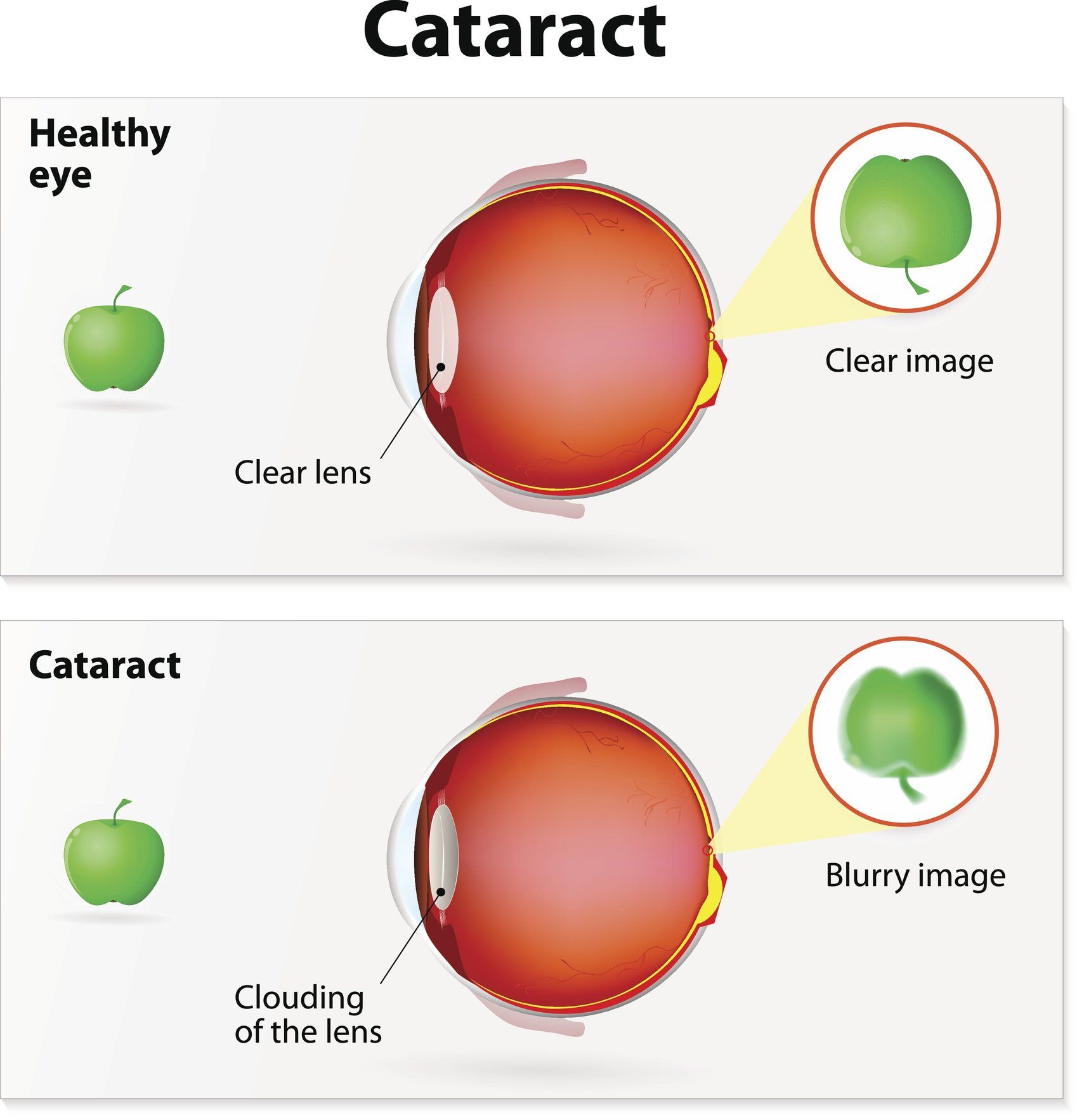
RETINAL DETACHMENT
The retina is the light sensitive layer that lines the inside of the eye. If it detaches, it means that it has been pulled from or lifted from its usual position. Retinal detachment needs to be dealt with promptly or can cause permanent vision loss.
There are different types of retinal detachment. A tear or break in the retina that allows fluid to get underneath and separate it from the retinal pigment epithelium that nourishes the retina. (This is the most common).
If there is scar tissue on the retina, it can contract and pull the retina away from the layer beneath.
Retinal diseases, including inflammatory disorders and injury or trauma to the eye can cause fluid leaks into the area underneath the retina without there being tears or breaks in the retina.
You may notice an increase of floaters (specks in your vision) or flashes of light or even seeing what appears to be a curtain over part of your eye. You need to seek help immediately as detached retina is a medical emergency. You are more at risk of retinal detachment if you have a high level of myopia; have had a previous detachment or a family history of detachment; had and injury to your eye; have had cataract surgery or have a disorder of the eye such as uveitis
DRY EYE
Dry eye occurs when the quantity or quality of tears fails to keep the surface of the eye sufficiently lubricated. Dry eye causes a scratchy sensation or the feeling that something is in the eye. You may also notice a stinging or burning sensation, episodes of excess tearing, discharge, pain, and redness in the eye.
What causes dry eye? Dry eye can occur when basal tear production decreases, tear evaporation increases, or tear composition is imbalanced. You are more likely to experience dry eye with certain medications such as antihistamines, decongestants, antidepressants, birth control pills, hormone replacement therapy; and with certain diseases and conditions like blepharitis, Sjogrens Syndrome Lupus and diabetes for example.
Dry eye is more common with age and women more likely to suffer than men. Being in a windy, smoky or dry environment can contribute to dry eye as tears will evaporate more readily.
Prolonged use of PC’s, tablets and mobile phone screens encourage you to blink less therefore increasing the effects of dry eye.
Topical medications are available over the counter that will help ease dry eye in the form of drops. We can also help with eyelid hygiene with the use of hot compresses (Eyebag) and Blephasol solution to clean the lid. In extreme cases, surgical intervention may be needed.
Eating a healthy diet, stopping smoking, limiting screen time and wearing sunglasses will all help with dry eye.
Prolonged use of PC’s, tablets and mobile phone screens encourage you to blink less therefore increasing the effects of dry eye.
Topical medications are available over the counter that will help ease dry eye in the form of drops. We can also help with eyelid hygiene with the use of hot compresses (Eyebag) and Blephasol solution to clean the lid. In extreme cases, surgical intervention may be needed.
Eating a healthy diet, stopping smoking, limiting screen time and wearing sunglasses will all help with dry eye.

